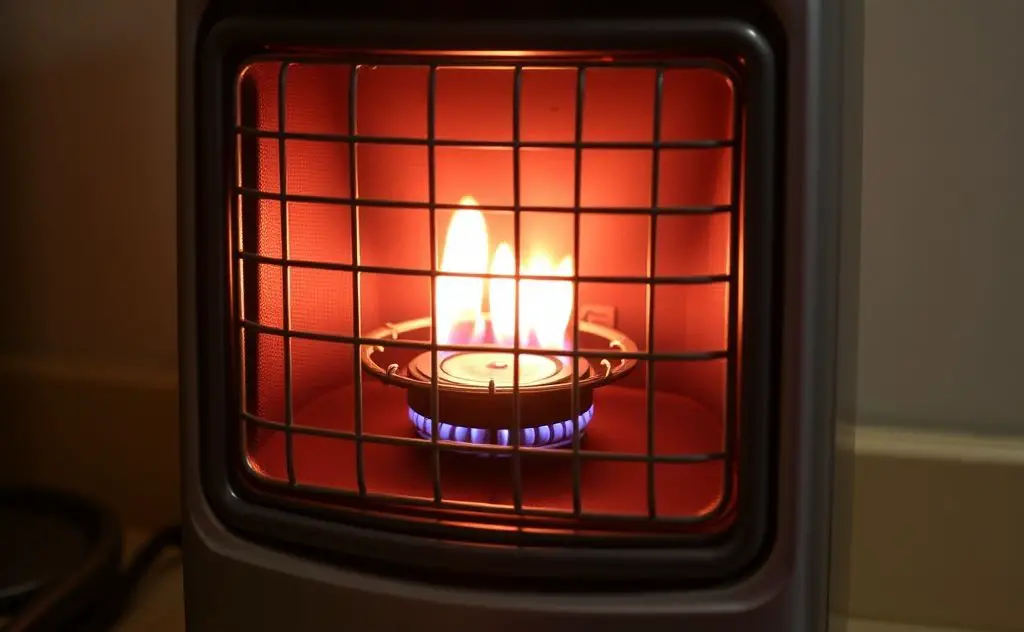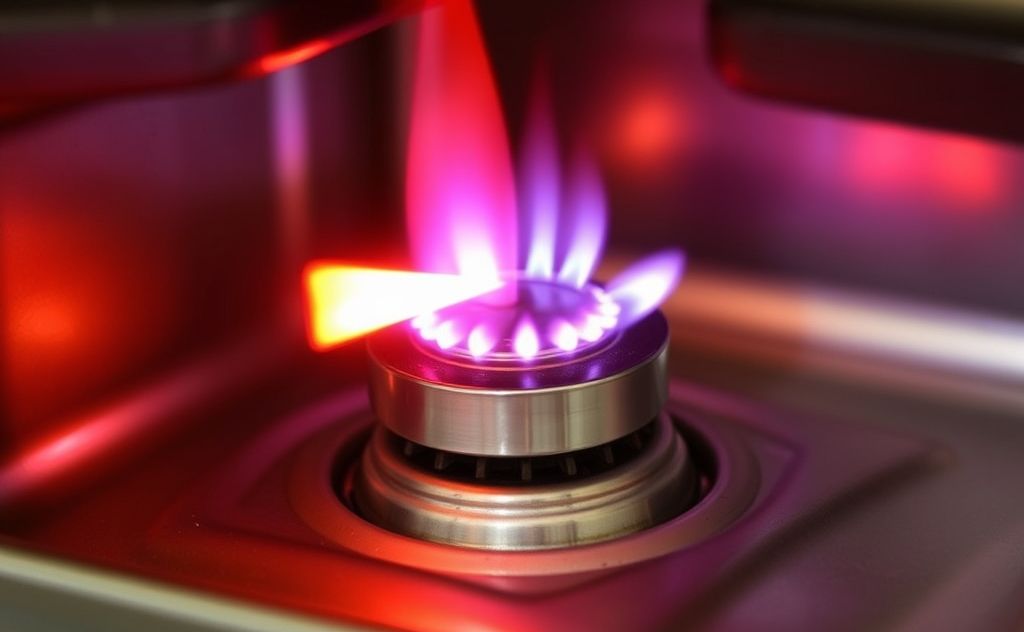The pilot light in gas space heaters is a small flame that ignites the gas to heat the space, and its proper functioning is crucial for safe and efficient operation; if it goes out, it may need to be relit following the manufacturer’s instructions.
The pilot light in a gas space heater is a small, continuously burning flame that serves as an ignition source for the main burner. Unlike electric heaters, gas-powered units require this constant flame to quickly activate when heat is demanded. Understanding how pilot lights function can help you maintain your heater safely and efficiently.

How Pilot Lights Work in Gas Space Heaters
Modern gas space heaters use one of two ignition systems:
- Standing pilot lights – Remain lit continuously
- Intermittent pilot systems – Only ignite when needed
Standing Pilot Light Mechanism
A standing pilot light burns 24/7, consuming a small amount of gas. When the thermostat calls for heat:
- Gas valve opens to main burner
- Pilot flame ignites the gas
- Burner produces heat until temperature is reached
This system is simple but less energy efficient since gas is constantly consumed. According to energy.gov, older pilot lights can waste significant amounts of fuel.
Electronic Ignition Systems
Newer models often use:
- Hot surface ignition (glow bar)
- Intermittent spark ignition
These systems only activate when needed, saving energy. The propane space heater working principle is similar for these ignition types.

Safety Considerations for Pilot Lights
Proper maintenance is crucial for safe operation:
| Issue | Risk | Solution |
|---|---|---|
| Yellow or flickering flame | Incomplete combustion | Clean burner or call technician |
| Pilot won’t stay lit | Gas valve or thermocouple issue | Replace faulty components |
| Gas odor | Potential leak | Shut off gas immediately |
Carbon Monoxide Risks
Improperly functioning pilot lights can produce CO. The safety of ventless gas heaters depends largely on proper combustion. Install CO detectors and ensure adequate ventilation.
Troubleshooting Common Pilot Light Problems
Pilot Won’t Stay Lit
Common causes include:
- Dirty or misaligned thermocouple
- Draft blowing out flame
- Faulty gas valve
Weak or Yellow Flame
Should be blue with sharp definition. Yellow indicates:
- Contaminants in gas line
- Insufficient oxygen
- Burner needs cleaning
Energy Efficiency Considerations
Standing pilot lights can consume:
- 500-1,000 BTUs/hour continuously
- 8-16 therms of gas monthly
- $10-$20 in wasted energy costs
Consider upgrading to electronic ignition if your heater is older. Modern vented gas heaters with intermittent pilots can reduce this waste significantly.
Proper Maintenance Procedures
Annual maintenance should include:
- Cleaning pilot assembly
- Checking flame characteristics
- Inspecting gas connections
- Testing safety controls
Always follow manufacturer instructions and consider professional service for complex issues.
